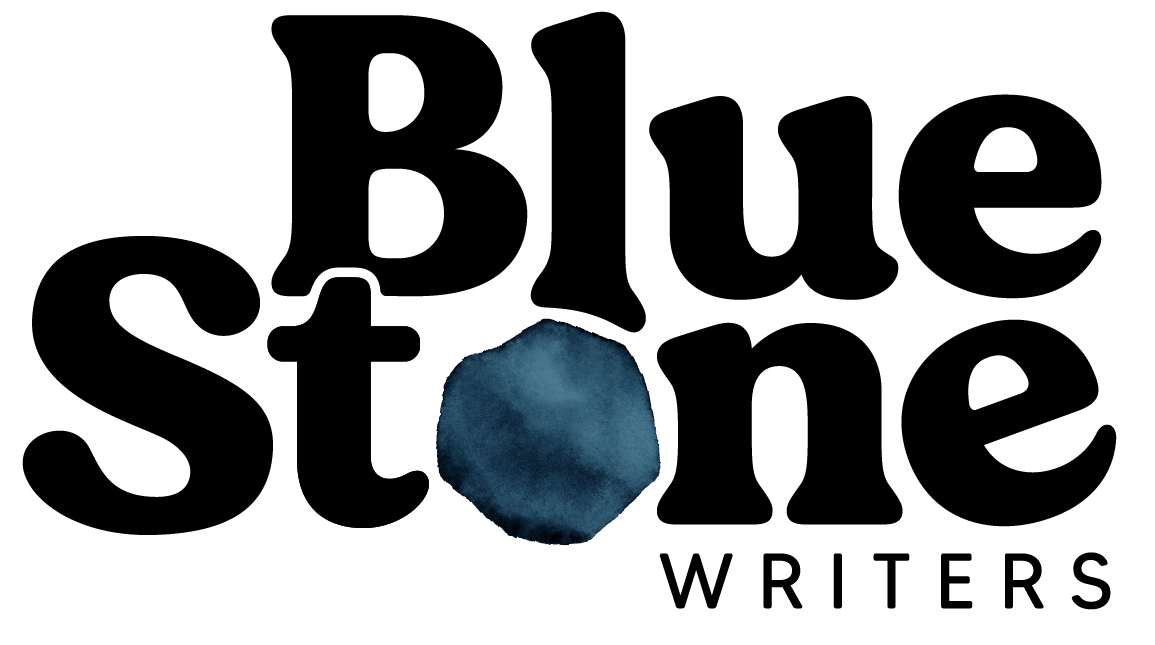Write your heart out…
True healing is not the fixing of the broken, but the rediscovery of the unbroken. -Jeff Foster
If you’re a Fool & the Page listener, you may have caught this recent episode on Queen of Cups and heartbreak.
I quoted author Rebekah Manley—who requested this card for the podcast—because I love what she has to say re: patience and self-compassion for the creative soul and the creative process (and how this aligns with Queen of Cups). “Sometimes you don’t feel like building your cup at all,” says Bekah. “Some days you feel like throwing it at the door and watching it crumble…but building your own cup can make you strong.”
Bekah says that by the time you’re ready to fashion it as a whole, “Maybe a few drops of those tears will go into that cup, maybe it will just be a memory…” But it’s okay to start. “It’s okay to start to build that blueprint,” she says, even if you’re not quite out of the anger stage and not ready to build out of love.
I’ve created some new guided writing inspired by the episode to prep you for the free Word Search session on February 8th, or to enjoy any ol time you find this post waiting for you and your writing life.
Guided Writing to Let Go With Love
Take a deep breath before you get started. Close your eyes for one minute. Thank yourself for taking this time. Thank the frost for settling in and the sun for melting it away. Thank the space around you. Take another deep breath, and then proceed.
What does it look and feel like when you create out of love, for the work and for yourself? Feel free to imagine all the possibilities here. You can include how/where you’re writing or making, as well as what exists in the immediate environment to aid in that beautiful mood (tea, snacks, pets, fancy pens, etc.) Write for seven minutes.
If you were to meet your main character—or your research subject, weaving, painting, or pottery—on an island, how would the two of you sit together and what would the water look like? Write for eight minutes.
If you were to release your heartbreak/feelings of rejection into the water, what shape would it take, and how would it sail away and/or sink? How would you bid it farewell? Write for seven minutes, describing what you hold and how you let it go.
For three final minutes, take stock. When does the work love you back? When do you feel embraced by the writing, the art, the music, the making? Take three minutes, or as long as you like.
Finally, one last breath. Thank yourself again for taking this time. Thank the space around you. Thank the cold and the heat. Thank your mind and all its storytelling layers.
Want weekly writing prompts? Follow @bluestonewriters on Instagram for Monday Writing Pauses, dropped each week to invite you to pause…write…breathe.






















